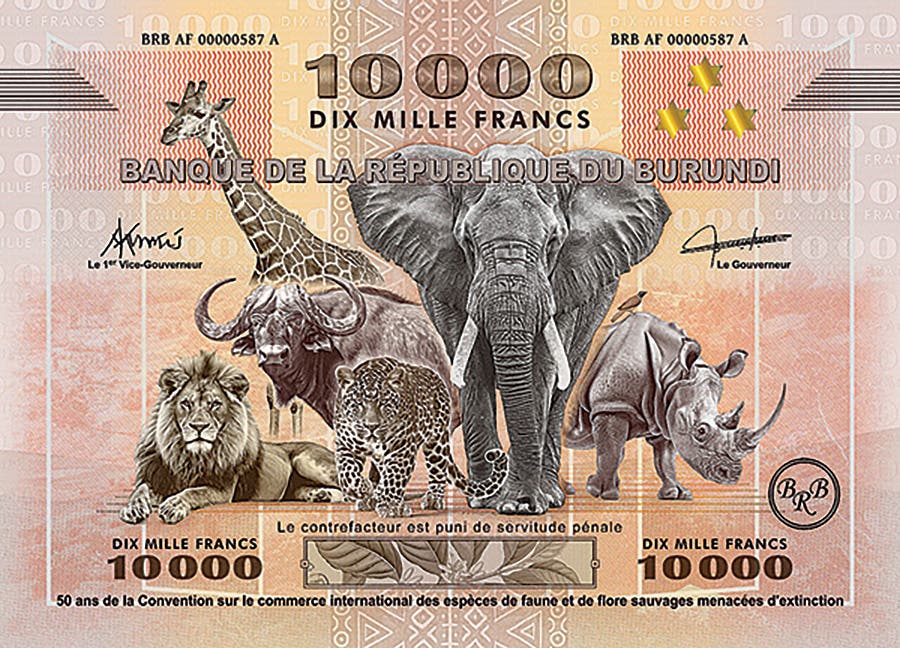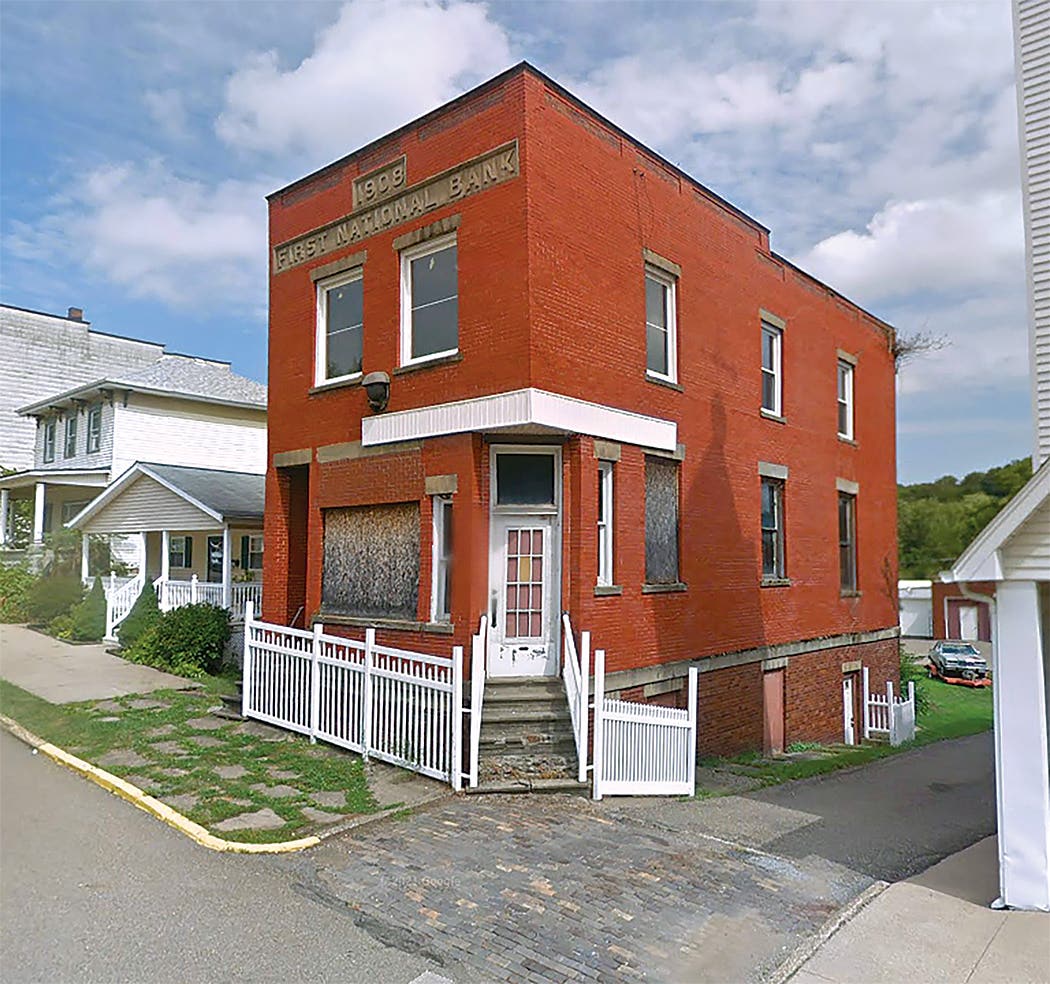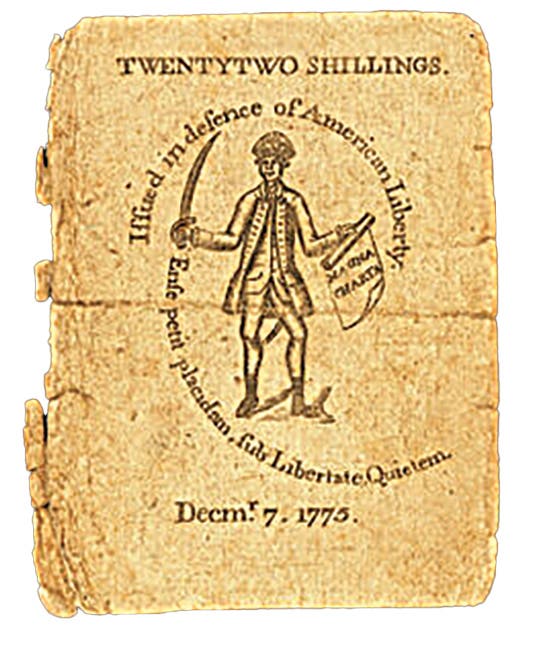Russia Explains the Fate of Damaged Currency
Bank notes have served as a convenient substitute for large numbers of coins since at least the time of the Tang dynasty in China which began issuing flying cash, or…
Bank notes have served as a convenient substitute for large numbers of coins since at least the time of the Tang dynasty in China which began issuing flying cash, or feiqian, likely about AD 770. While notes are valued higher than individual coins, metal coins are more likely to have a longer shelf life. The destruction of worn out or mutilated bank notes has always been tasked to the bank or government of issue. The methods used to destroy these notes varies and is often shrouded in secrecy.
A Russia Beyond article published by Reuters on April 20 gives us a window into how modern Russian bank notes are disposed of once they have outlived their usefulness.
Russian bank notes have been printed exclusively in Moscow at the state-owned factory Goznak since 1919. Coins are produced at mints in Moscow and in Saint Petersburg. The Saint Petersburg Mint opened in 1724.
Modern Russian coins are issued through values up to 10 rubles. Bank of Russian bank notes are issued in denominations between 5 and 5,000 rubles, but the 5- and 10-ruble notes are not commonly found in circulation. Low denomination bank notes can be expected to circulate more often than will higher denominations. For that reason, it is these lower denominations that can be anticipated to be damaged earlier and for that reason need to be recalled.
The criteria to be met for a Russian bank note to be considered damaged “is quite exact,” according to the Russia Beyond article. Should dirt dim the colors by eight percent or more on a note that note is to be withdrawn from circulation. Special color brightness measurement equipment is employed to help determine if a note meets this standard. Should a bank note have a stain or spot at least 5 millimeters in diameter that note is also considered to be damaged.
It appears the integrity of the paper on which Russian notes are printed must meet a more challenging standard than does the paper on which US bank notes are printed. Any tear 7mm or longer or any hole of at least 4mm in diameter on a Russian note will doom that note to be destroyed. A Russian note is also to be withdrawn should there be a 32 square millimeters or greater tear at the corners or at least 5mm of the edges be missing. A note torn in half and taped back together is also to be withdrawn.
Overall, at least 55 percent of a Russian bank note must remain undamaged if that note is to continue to be used in circulation. A damaged note reaching this criteria can legally be exchanged for another note. No merchant is allowed to refuse to accept a note that is still legally deemed to be allowed to circulate.
The viability of circulating coins must also meet a standard. At least 75 percent of the original coin must still be intact for that coin to accepted as legal tender. Damaged coins are shipped to the Saint Petersburg Mint where they are flattened into a wavy form.
Bank notes are no longer destroyed using the same procedure as was used during the time of the Soviet Union. During the Soviet period a hole was punched through worn notes, the notes then stored at the State Bank of the USSR in Moscow. During the 1980s the notes might later be shredded and sold as confetti. Otherwise cancelled notes were destroyed at Goznak by steaming the color off the paper, then being shredded. Notes were occasionally burned. Both methods were considered to be dangerous and expensive.
Today damaged Russian bank notes are sent to processing centers in the buildings of the main branches of the Bank of Russia in Moscow, Novosibirsk, or Saint Petersburg. The notes are first sorted to determine which notes should reenter circulation and which should not. Notes are also examined for authenticity.
Notes determined to be damaged are shredded, then converted into mulch. This mulch is compressed into briquettes using presses that can produce as much as 500 kilograms in an hour. The briquettes are then classified as waste of the fourth category and placed in an appropriate disposal field. Russia has five hazard classes, the fourth being low hazard and is defined as including domestic trash, nonferrous metal scrap, some chemicals, some construction waste, treated sewage sludge, treated medical wastes, water-based drilling mud, and the like.
Russia is currently updating the security and designs on its 10-, 50-, 100-, 1,000- and 5,000 ruble bank notes. New notes are expected to be issued in 2025. Since in 2018 a commemorative World Cup 100-ruble note was printed on a polymer substrate it is possible this next generation of circulating bank notes may too be printed on this material, however this could not be documented at the time this article was being written.








